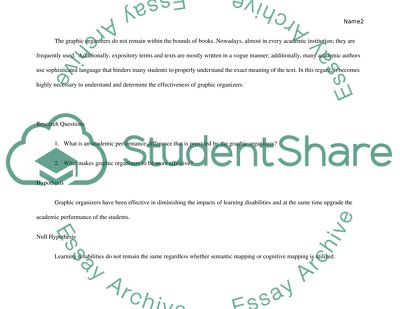Cite this document
(“Determining the Effectiveness of Graphic Organizers Research Paper”, n.d.)
Retrieved from https://studentshare.org/education/1429193-technques-research-puposal-final
Retrieved from https://studentshare.org/education/1429193-technques-research-puposal-final
(Determining the Effectiveness of Graphic Organizers Research Paper)
https://studentshare.org/education/1429193-technques-research-puposal-final.
https://studentshare.org/education/1429193-technques-research-puposal-final.
“Determining the Effectiveness of Graphic Organizers Research Paper”, n.d. https://studentshare.org/education/1429193-technques-research-puposal-final.


